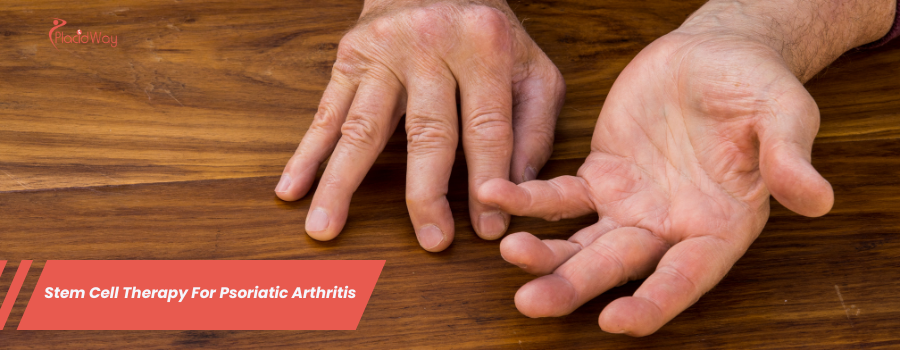
Find Lasting Relief - Could Stem Cell Therapy Be Your Answer to Psoriatic Arthritis?
Living with psoriatic arthritis (PsA) can feel like a constant battle. It's not just the painful, swollen joints; it's the itchy, persistent skin plaques, the overwhelming fatigue, and the frustration of treatments that stop working or come with unwanted side effects. Psoriatic arthritis is an autoimmune disease, meaning your body's immune system mistakenly attacks its own healthy joint and skin tissues. This relentless assault causes the inflammation that leads to joint damage and discomfort.
But what if there was a different approach? What if, instead of just masking symptoms, you could help your body regulate its immune response and repair the damage? This is the goal of stem cell therapy. This innovative field of regenerative medicine is offering new hope to patients who haven't found relief with traditional methods. It harnesses the power of special cells to fight inflammation at its source and promote healing from within.
For many, the high cost and strict regulations in countries like the United States make this treatment seem out of reach. This is where medical tourism comes in. Patients are increasingly traveling abroad to world-class international clinics to access high-quality, affordable stem cell therapy. This guide will explore what this treatment involves, who it's for, and how medical tourism can make it an accessible reality for you.
What Exactly Is Stem Cell Therapy and How Does It Fight PsA?
Think of stem cells as your body's master repair crew. They have two unique jobs. First, they can transform into other types of cells to replace damaged tissue. Second, and most importantly for PsA, they act as powerful signaling hubs. They release proteins and chemical messages that tell the other cells around them what to do.
In psoriatic arthritis, your immune system is in overdrive. Stem cells, particularly Mesenchymal Stem Cells (MSCs), have a powerful immunomodulatory effect. When introduced into your body, they detect the inflammatory environment and go to work. They essentially "re-educate" your hyperactive immune cells (like T-cells), telling them to calm down and stop attacking. This process helps to:
- Reduce Inflammation: By suppressing inflammatory cytokines (the proteins that cause swelling), stem cells can significantly decrease pain and swelling in the joints.
- Modulate the Immune System: They help shift your immune response from an aggressive "attack" state to a more balanced, tolerant state.
- Promote Tissue Repair: They may help regenerate cartilage and other tissues that have been damaged by chronic inflammation, although this is still being studied.
The therapy is typically minimally invasive, often involving an intravenous (IV) infusion of the stem cells, which then travel through the bloodstream to the areas of inflammation.
What Are the Different Types of Stem Cells Used?
When you hear "stem cells," it's important to know which kind. For autoimmune conditions like PsA, the focus is almost exclusively on Mesenchymal Stem Cells (MSCs). These are "adult" stem cells and are not a source of ethical controversy. They are sourced in a few primary ways:
1. Autologous Stem Cells (From Your Own Body)
- Adipose-Derived (Fat Tissue): A mini-liposuction procedure is performed to collect a small amount of fat (usually from the abdomen). This fat is then processed in a lab to isolate and concentrate the MSCs.
- Bone Marrow-Derived: A needle is used to draw bone marrow (usually from the back of the hip bone). This marrow is also processed to concentrate the valuable stem cells.
Pro: There is zero risk of rejection or allergic reaction because the cells are your own.
Con: The harvesting procedure can be uncomfortable, and the quantity and quality (potency) of your cells decline with age.
2. Allogeneic Stem Cells (From a Donor)
- Umbilical Cord Tissue: This is the most common and potent source used in leading international clinics. After a healthy, scheduled C-section, the umbilical cord (which is normally discarded) is donated. Its tissue is rich in millions of brand new, highly potent MSCs.
Pro: The cells are young, vibrant, and available in very high counts. You also get to skip the harvesting procedure.
Con: They are from a donor. However, MSCs from the umbilical cord are "immune-privileged," meaning they don't trigger an immune response from the recipient. They are extensively screened for all infectious diseases to ensure safety.
Many medical tourism clinics prefer using umbilical cord-derived MSCs because they are considered more powerful and can be administered in much higher, more consistent doses, which is often crucial for tackling a systemic autoimmune disease.
Why Are People Traveling Abroad for This Treatment?
Medical tourism for stem cell therapy is booming, and for good reason. Patients from the U.S., Canada, and the U.K. are traveling for two primary reasons:
- Massive Cost Savings: In the United States, a single stem cell treatment is considered experimental by the FDA and is not covered by insurance. Out-of-pocket costs can range from $15,000 to $40,000. In medical tourism destinations like Mexico, Costa Rica, or Turkey, the same high-quality treatment (often including more potent cells) can range from $5,000 to $15,000.
- Access to Advanced Therapies: Due to strict FDA regulations, most therapies in the U.S. are limited to using your own (autologous) cells and cannot legally be cultured (grown to higher numbers). International clinics often operate under different regulations that allow them to use potent, umbilical cord-derived (allogeneic) stem cells and to culture them to the high-dose "gold standard" required to effectively treat autoimmune disease.
These are not "back-alley" operations. Top medical tourism destinations have JCI-accredited hospitals and specialized clinics that rival or exceed the standards of care at home, often with English-speaking staff and doctors trained in the U.S. or Europe.
What Is the Cost of Stem Cell Therapy for PsA Worldwide?
The cost disparity is the single biggest factor for most medical tourists. The price difference is not due to lower quality but to the lower cost of living, less expensive medical malpractice insurance, and different regulatory structures.
Here is a general cost comparison for a typical stem cell therapy protocol for an autoimmune condition like psoriatic arthritis:
| Country | Average Cost Range (USD) | Notes |
|---|---|---|
| United States | $15,000 - $40,000+ | Not covered by insurance. Typically uses autologous (your own) cells. |
| Mexico | $7,000 - $18,000 | Popular due to proximity to the U.S. Often uses allogeneic (donor) cells. |
| Costa Rica | $8,000 - $20,000 | Known for high standards of care and a strong medical tourism infrastructure. |
| Turkey | $5,000 - $12,000 | A major hub for medical travel, known for JCI-accredited hospitals and very competitive pricing. |
| Thailand | $10,000 - $22,000 | World-class private hospitals, often combined with a recovery vacation. |
Disclaimer: These are estimates. Prices can vary based on the clinic, the number of stem cells used, and the specific treatment protocol.
Which Are the Best Countries for Stem Cell Therapy?
Choosing a country depends on your budget, travel comfort, and specific treatment goals.
- Mexico (Tijuana, Cancun): The most popular choice for North Americans. Decades of medical tourism experience, highly advanced clinics, and the ability to drive or take a short flight make it incredibly convenient.
- Costa Rica: A stable, beautiful country that has built its reputation on high-quality, government-regulated medical care. Many doctors are U.S.-trained.
- Germany: Known for its rigorous testing and advanced research. It is a top destination, though prices may be slightly higher than in other medical tourism hubs.
- Turkey (Istanbul, Antalya): A global leader in medical tourism, especially for complex procedures. It boasts a huge number of JCI-accredited hospitals with state-of-the-art technology and surprisingly low costs.
When choosing, look for clinics that are accredited, are transparent about their cell sources and counts, and can provide patient testimonials.
Is It Safe to Get Stem Cell Therapy Abroad?
This is a valid and important question. The "danger" of medical tourism comes from choosing unvetted, low-quality providers. However, the established medical tourism industry is centered around highly professional, internationally accredited medical centers.
Here’s how to ensure safety:
- Look for Accreditation: Choose a hospital accredited by the Joint Commission International (JCI) or one that follows ISO standards for its labs.
- Ask About Cell Sourcing: Reputable clinics will be transparent. If using donor cells, they must provide documentation of how the cells are screened for all infectious and genetic diseases (Hepatitis, HIV, etc.).
- Read Reviews: Look for patient testimonials and reviews on independent platforms. Services like PlacidWay help vet these clinics for you.
- Consult the Doctor: Have a video consultation with the medical team. They should be able to answer all your questions in clear English and review your medical history thoroughly.
When using autologous (your own) cells, the risks are minimal—no different than any other needle-based procedure, with slight risks of infection or pain at the harvest/injection site. When using screened allogeneic cells, the primary risk of rejection is virtually nonexistent with umbilical cord MSCs.
What Benefits Can I Realistically Expect?
It's important to have realistic expectations. Stem cell therapy is not a 100% "cure," but it can be a life-changing treatment. The primary goal is to induce long-term, drug-free remission.
Based on clinical studies and patient reports, realistic benefits include:
- Significant Pain Reduction: Many patients report a dramatic decrease in joint pain and stiffness, often within weeks to months.
- Improved Skin: The anti-inflammatory effect also targets the skin, leading to a reduction in psoriatic plaques.
- Increased Energy: The systemic fatigue that plagues PsA patients often lifts as the body's inflammatory load decreases.
- Better Mobility: With less pain and swelling, patients often regain mobility and can return to activities they love.
- Reduced Need for Medication: Many patients are able to reduce or even eliminate their need for NSAIDs, DMARDs, or biologic drugs (and their side effects).
The effects are not always instant. Because the therapy works by regenerating and re-regulating your system, optimal results are often seen 3-6 months after treatment and can last for several years.
What Causes Psoriatic Arthritis in the First Place?
Psoriatic arthritis is a complex puzzle. It's an autoimmune condition, which means your body's immune system gets confused and attacks your own healthy tissues instead of foreign invaders like viruses. This attack causes massive inflammation.
Doctors believe it’s caused by a combination of factors:
- Genetics: PsA runs in families. Having a parent with psoriasis or psoriatic arthritis significantly increases your risk.
- Environmental Triggers: For people with a genetic predisposition, something in the environment often "flips the switch." Common triggers include:
- Infections: An illness like strep throat is a well-known trigger.
- Stress: Periods of high physical or emotional stress can initiate a flare-up or the onset of the disease.
- Skin Trauma: An injury to the skin, a bad sunburn, or even a tattoo (known as the Koebner phenomenon) can trigger a psoriatic response.
Once triggered, the immune system sends out faulty signals that tell skin cells to grow too quickly (causing plaques) and cause inflammation in the joints (causing pain and swelling).
Who Is a Good Candidate for This Therapy?
A reputable stem cell clinic will perform a thorough review of your medical history to determine if you are a good candidate. In general, you may be eligible if you:
- Have a confirmed diagnosis of Psoriatic Arthritis.
- Continue to experience significant joint pain, swelling, or skin symptoms despite treatment.
- Have had a poor response to traditional drugs (like methotrexate) or biologics (like Humira or Enbrel).
- Suffer from side effects of your current medications that impact your quality of life.
- Are in otherwise reasonably good health and can travel.
Who Is NOT Eligible for Stem Cell Therapy?
Patient safety is the top priority. You will likely be disqualified from treatment (for your own safety) if you have any of the following contraindications:
- Active Infections: You cannot receive therapy if you have an active bacterial, viral, or fungal infection.
- History of Cancer: Most clinics will not treat patients with active cancer or a recent history of cancer (e.g., within the last 5 years), as the growth factors in stem cell therapy could theoretically pose a risk.
- Severe Organ Failure: Uncontrolled heart, kidney, or lung disease may make the procedure too risky.
- Blood Clotting Disorders: A history of blood clots or abnormal platelet function may be a contraindication.
- Pregnancy or Breastfeeding: The therapy is not administered to women who are pregnant or nursing.
What Medications Must I Stop Before Treatment?
To give the stem cells the best chance to work, your body must be free of medications that interfere with the inflammatory and healing processes. This is one of the most important parts of the protocol. You MUST consult your doctor before stopping any prescribed medication.
A typical pre-treatment "washout" period includes stopping:
- NSAIDs (Non-steroidal anti-inflammatory drugs): This includes aspirin, ibuprofen (Advil, Motrin), naproxen (Aleve), and prescription NSAIDs like Celebrex. These must typically be stopped 1 to 4 weeks before and for 6 weeks after the procedure.
- Corticosteroids: Oral steroids (Prednisone) or steroid joint injections must be stopped for 6 to 8 weeks before therapy, as they directly suppress the stem cells.
- Blood Thinners: Drugs like Coumadin (Warfarin) or Plavix must be stopped (with your cardiologist's approval) for several days beforehand to prevent bleeding risk.
- Statin Cholesterol Drugs: Some clinics recommend stopping drugs like Lipitor or Crestor, as they can negatively impact stem cell function.
Your international clinic will provide a detailed list and timeline for you to discuss with your primary care physician.
What Does the Typical Treatment Journey Look Like?
Your medical tourism journey is usually streamlined into a 5- to 7-day trip.
- Day 1: Arrival & Consultation. You'll be picked up from the airport and taken to your hotel. You'll meet with the medical team, have a physical exam, and get pre-treatment bloodwork done.
- Day 2: Procedure Day. You'll go to the clinic.
- If autologous (your cells): The day will start with the fat or bone marrow harvest. After 2-3 hours of processing, the concentrated stem cells are re-administered, usually via IV and sometimes with direct injections into the most painful joints.
- If allogeneic (donor cells): The procedure is much simpler. The pre-screened, lab-prepared cells are administered via a simple IV infusion, which takes 1-2 hours.
- Day 3-4: Rest & Follow-up. You will rest at your hotel. Many clinics include supportive therapies like IV vitamin C or ozone therapy to boost the effects of the stem cells.
- Day 5-6: Final Check-up. You'll have a final consultation with your doctor to ensure you are feeling well and are cleared for travel. They will give you post-treatment instructions and any necessary documentation.
- Day 7: Travel Home. You are free to fly home and begin the healing process.
Take the Next Step Toward Relief with PlacidWay
Ready to explore a new chapter in your fight against psoriatic arthritis? Your journey to reduced pain and better quality of life is just a click away. Explore top-rated international clinics, compare transparent pricing, and get a free, personalized quote for your stem cell therapy. Let PlacidWay help you plan a seamless and transformative medical travel experience. Start your journey to relief today!
Stem Cell Therapy Abroad

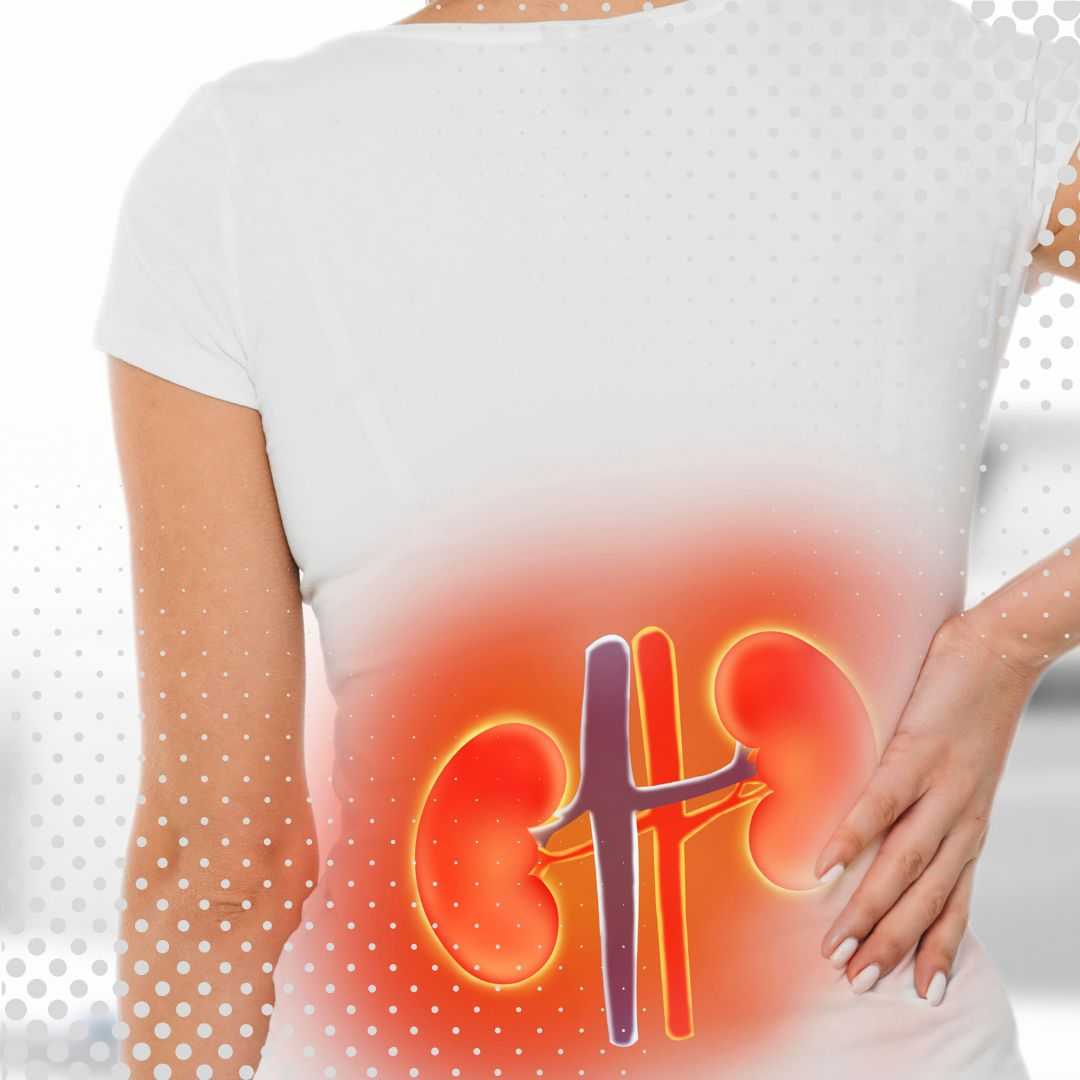
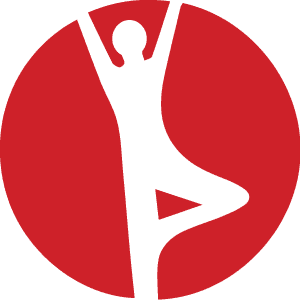
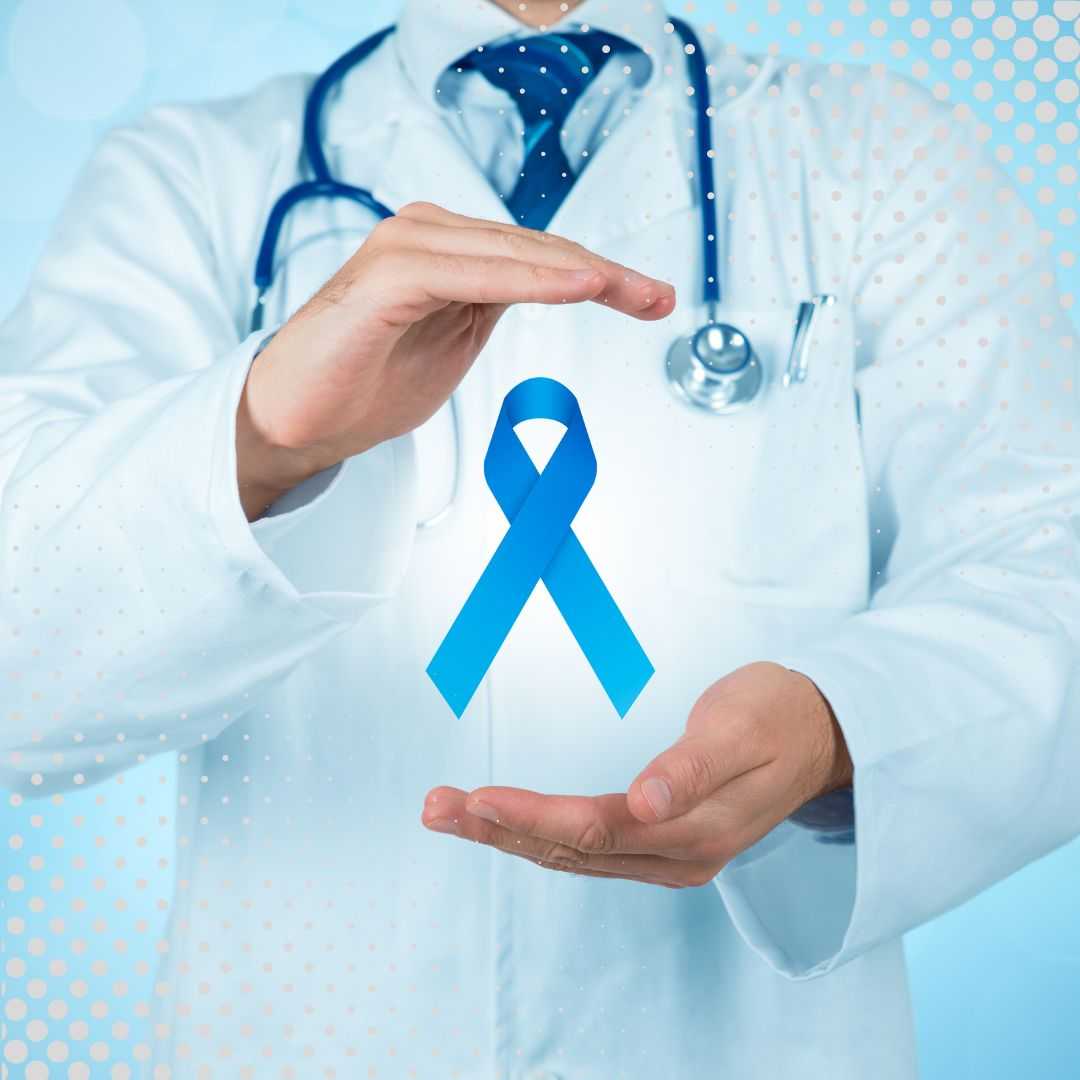




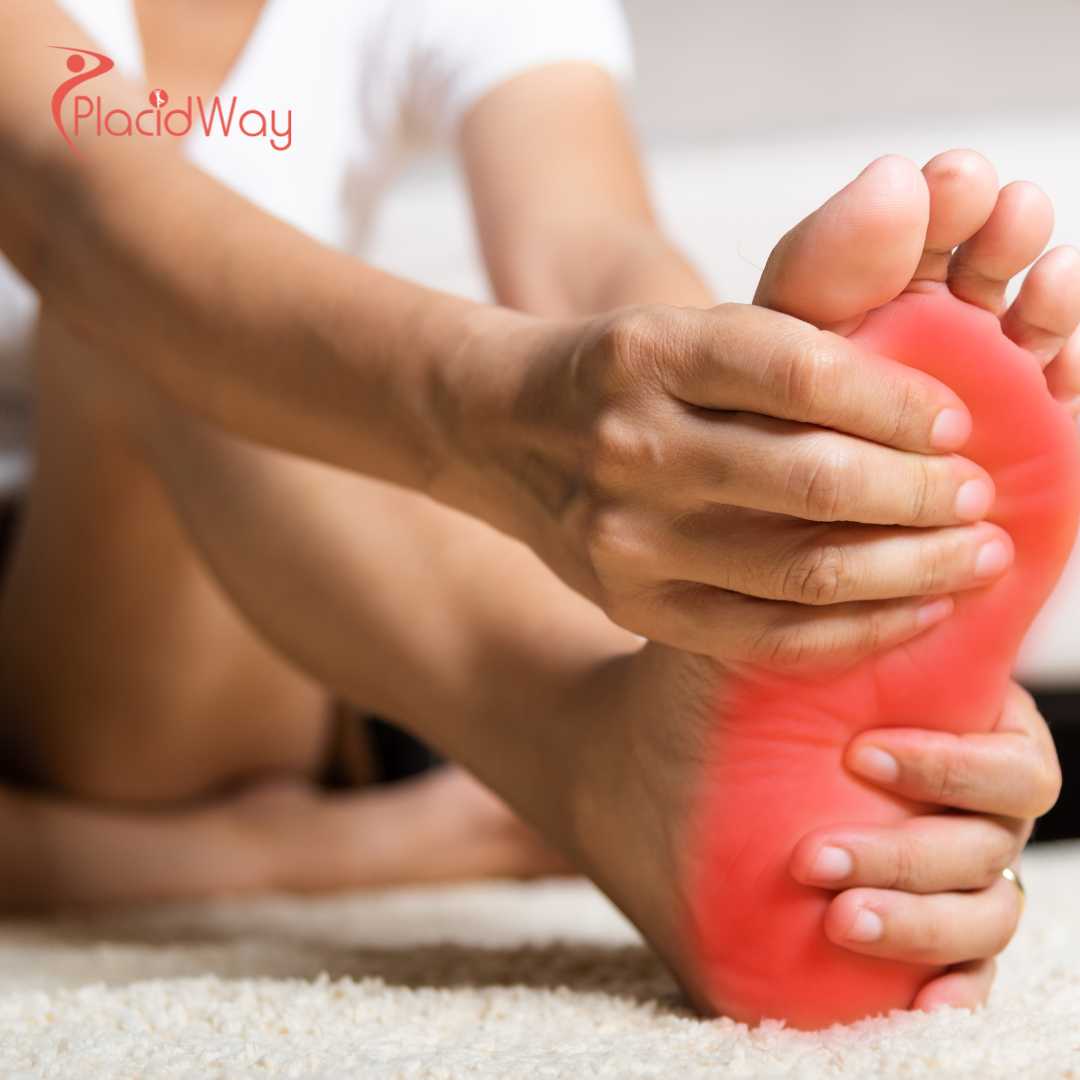

Share this listing